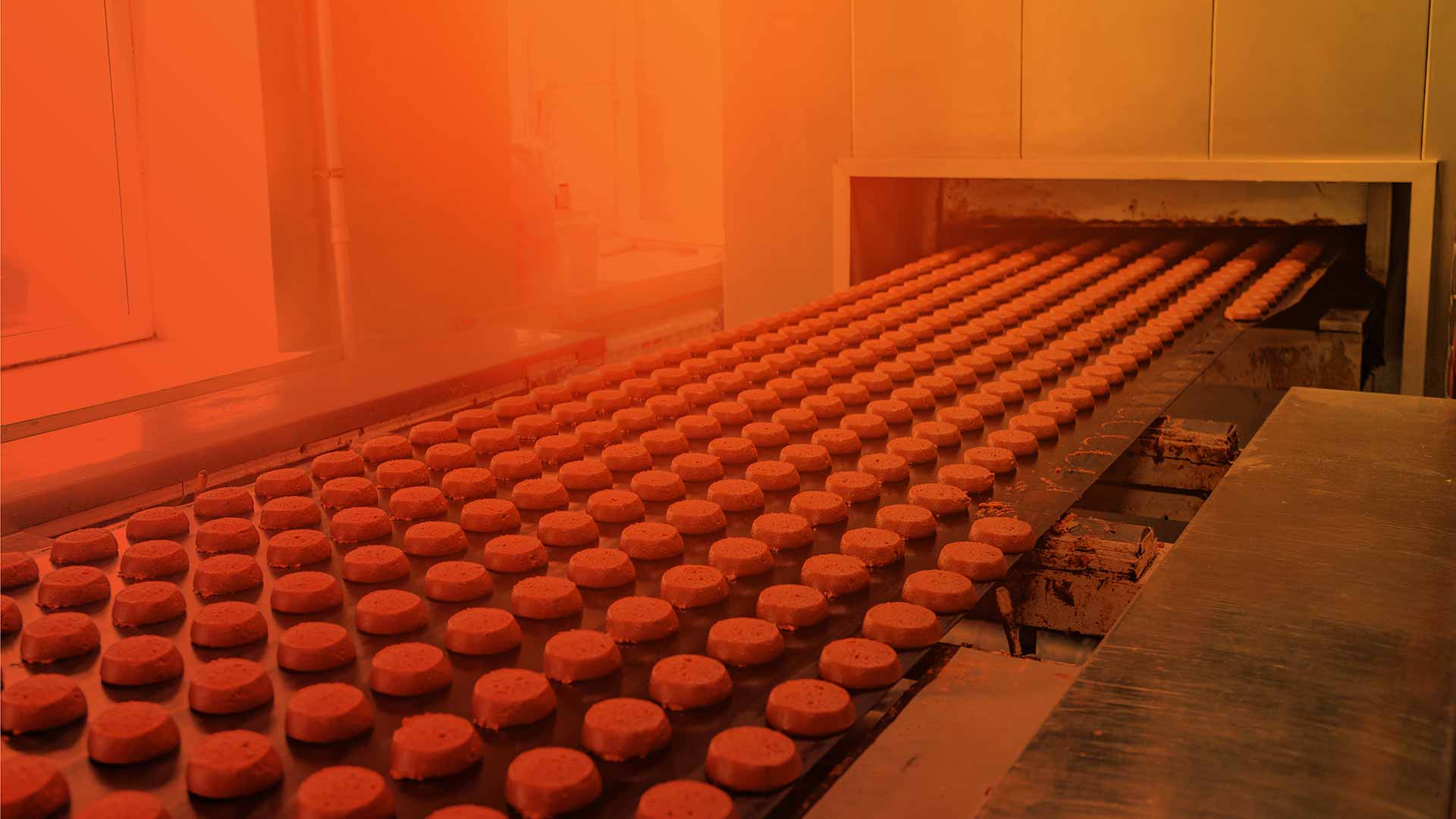The tracking of changes in production – progress, lead times, possible sources of delays – plays a particularly important role in the industry. Delivering products in a timely manner is often determined by several factors: downtime, production time, and production process stability. In addition, paper reports are often delivered with multi-hour delays, thus prolonging reaction time. This could be avoided by digitalizing them.
Orders not delivered on time and as agreed with the contractor pose a common problem for companies in the industrial sector due to high contractual financial penalties. It disrupts the supply chain, often leads to financial disputes, and disturbs the overall functioning of the manufacturing company, which affects the entire production plan and leads to further delays. That is why it is so important to work according to a set schedule and minimize all factors that could affect the punctuality of order execution, and additionally communicate and efficiently assess which production orders are or may be at risk. The efficiency of industrial production is sometimes affected by unplanned downtime, which has an impact on KPIs. However, the range of possible problems is much broader. These include:
- unplanned production downtimes,
- material shortages – shortages of raw materials and other components,
- slowed down production cycle,
- inadequate quality of manufactured elements,
- excessive time for changeover,
- prolonged time for production start-up.
It is also clear that among the factors that are becoming more serious is the lack of repeatability in the production process. This negatively affects the ability to predict the completion of a production order, which ultimately affects production efficiency.
Time vs monitoring production progress
It is worth noting that the search for the causes of problems should be carried out as soon as possible. If real-time production monitoring is implemented, then it is possible to avoid paper and delayed end-of-shift reports. Moreover, analyzing data over a longer period of time will be both easy and accurate, and it will ensure a quick response to errors.
Real-time production monitoring can be carried out by MES. The production automation and generation of reports based on current data, influence the speed with which optimization decisions are made. The significant role of MES is to provide data on production on status, productivity, and the reasons for not producing on time. For this to be achieved, the system needs to be integrated with data taken directly from the machines.
An important benefit of such a solution is also the certainty of their accuracy. It can be assumed that the automatic collection of data from devices by means of production tracking software is now the most reliable method of obtaining data in real-time.
Collecting data from new and legacy machines
Contrary to widespread concerns, the age of machines and the way of their control does not have to be an obstacle when it comes to automatic data collection. In practice, with today’s technological capabilities, machine connectivity is available for any type of production machine. This versatility is due to the use of many communication formats.
If the machine is equipped with a PLC – it connects directly or via converter to it. This is done via standard TCP and Native PLC protocols (OPC DA/UA, Siemens, Allen Bradley, Beckhoff, B&R, Omron, Mitsubishi, GE Fanuc).
In the case that the machine does not have the PLC, or it is impossible to obtain the data in a simple and cheap way, we read the data from the automation level by signals duplication.
The comprehensive readout of data from the automation level includes all important and sensitive indicators. These include:
- production counters,
- machine state,
- process parameters (e.g., speed, pressure, temperature, angle, dimensions),
- automatic collection of information on the causes and duration of downtimes,
- micro-stops reporting due to deep integration with PLC controllers.
It is worth noting that even a simple – e.g., information that a machine is working or not – can trigger the monitoring of production progress such as increasing the correctness, reliability of data, and most importantly – time. Thanks to this, we can automatically monitor up to 5 parameters:
- the actual cycle time at the machine,
- the number of cycles,
- the operating time of the machine,
- the machine downtime,
- micro-stops.
The role of the operator in the context of production monitoring
In case the process is manual, or the machine is unable to provide all information, we must rely on the operator. It includes:
- starting production in planned sequences that are always up-to-date,
- reporting – if necessary – data volumes within OK/NOK items,
- monitoring production progress, machine states, and production delays,
- Quality control.
The operator may also extend the scope of the information collected automatically. For example, it displays the reasons for downtime, unusual error and fault codes, and any other data required for in-depth analysis.
Use of the ANT production execution module in production
The use of the ANT production execution module primarily means the two-ways integration of systems used in the company. This includes for example ERP, APS, WMS. Thus, it is possible to eliminate double reports and accelerate the flow of information. The data collected in this way can be used to display real-time production plans, KPIs, recorded production delays.
Another important advantage of the module is the possibility to collect information about the status of each machine and the realization of the quality and production plan. The system helps in analyzing the causes of delays in production orders. Other possibilities are:
- the ability to integrate with machines or alternatively rely on operator input data,
- the generation of notifications in real-time,
- the display of OEE for production orders,
- automation of calculating waste and reworks,
- display of dashboards on TV screens that show the current production progress and issues,
- reporting of defects,
- detection of unstable processes at an early stage.
What are the benefits of Production progress monitoring?
The primary benefit of production progress monitoring systems is to increase the volume of production and the transparency of industrial processes. Clearly visible effects are also material savings resulting from the reduction of wastage.
Continuous analysis of production by means of a manufacturing tracking system also leads to shorter service response times in eliminating failures. Important factors for process efficiency are also:
- easy localization and assessment of the risk of non-fulfillment of a production order,
- support in the realization of the quality and production plan,
- decision-making based on real-time data and notifications,
- monitoring of current stock levels on a machine,
- significantly improved scheduling accuracy,
- analysis of the actual performance of your machines.
So, implementing production progress monitoring software leads to a much better and more comprehensive assessment of the overall condition of the factory. Regardless of the industry, the production progress monitoring system can be expected to provide comprehensive feedback on which machine is best suited to produce a particular item. The ability to calculate actual cycle times for individual components and machines also has an impact on performance.
Products in this Article

Microstops monitoring
MIcro stopsmonitoring Stop the stops The most effective system for FMCG for monitoring production rates and downtime Schedule a Demo Addressing Micro Stops and Downtimes

OEE Performance monitoring
Performance Monitoring (OEE) Connect and gather data from your machines. Schedule a Demo They Trusted Us: Key Benefits OEEincrease ✔️ shorter downtimes ✔️ faster production

MES System – Manufacturing Execution System – ANT Solutions
System MES – Manufacturing Execution System 0 % operating time increase 0 % defects quantity reduction 0 % material consumption reduction 0 % changeovers time

